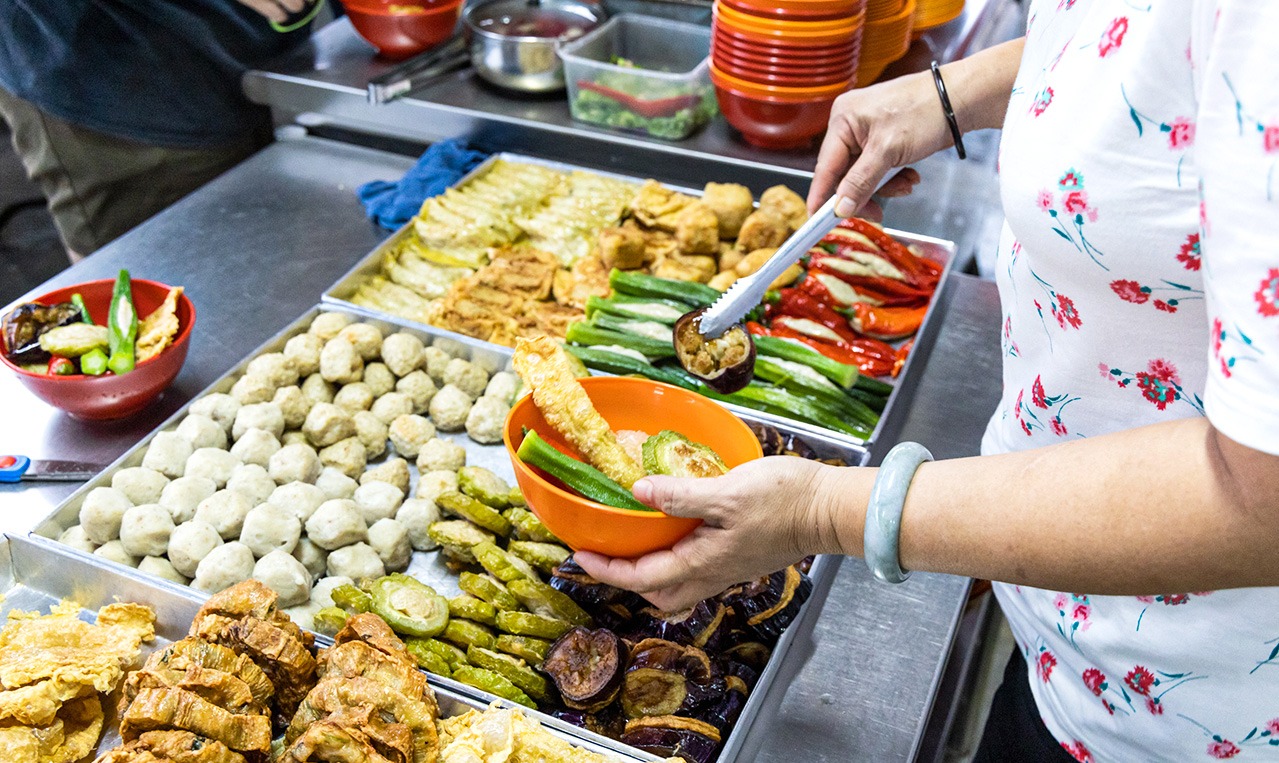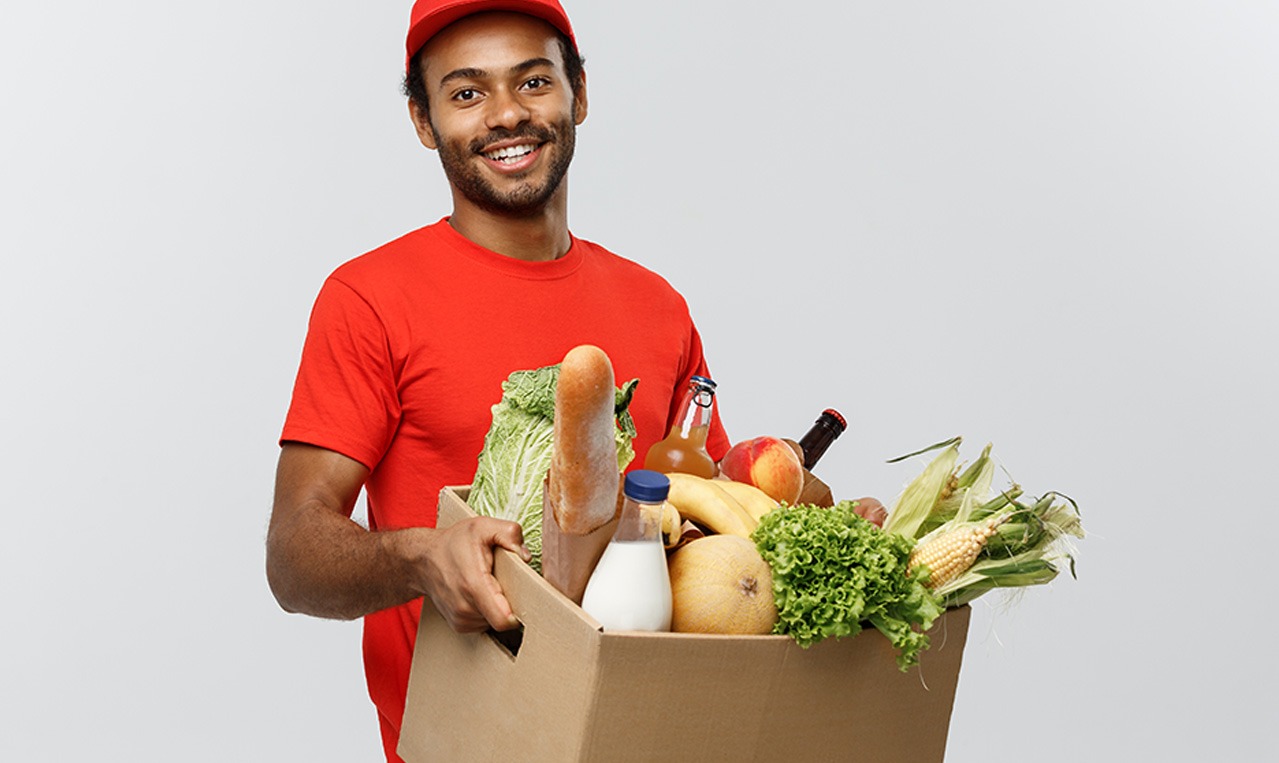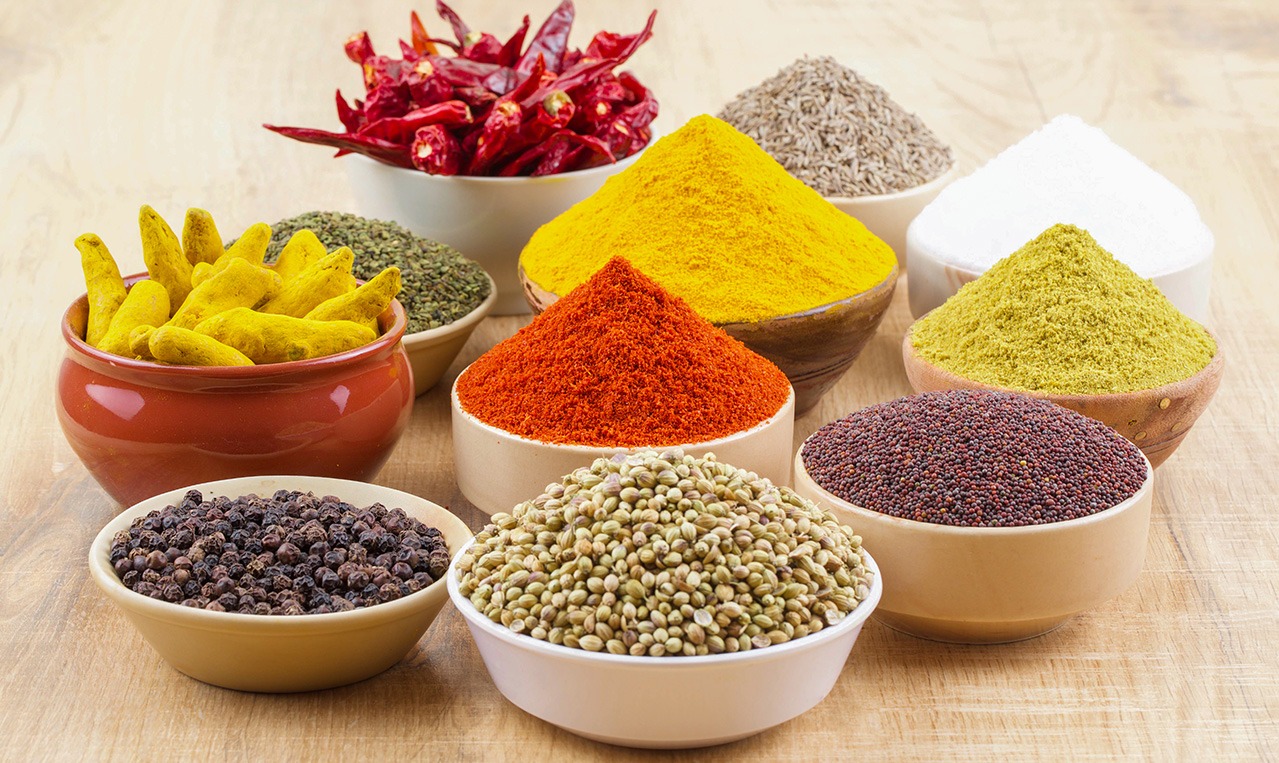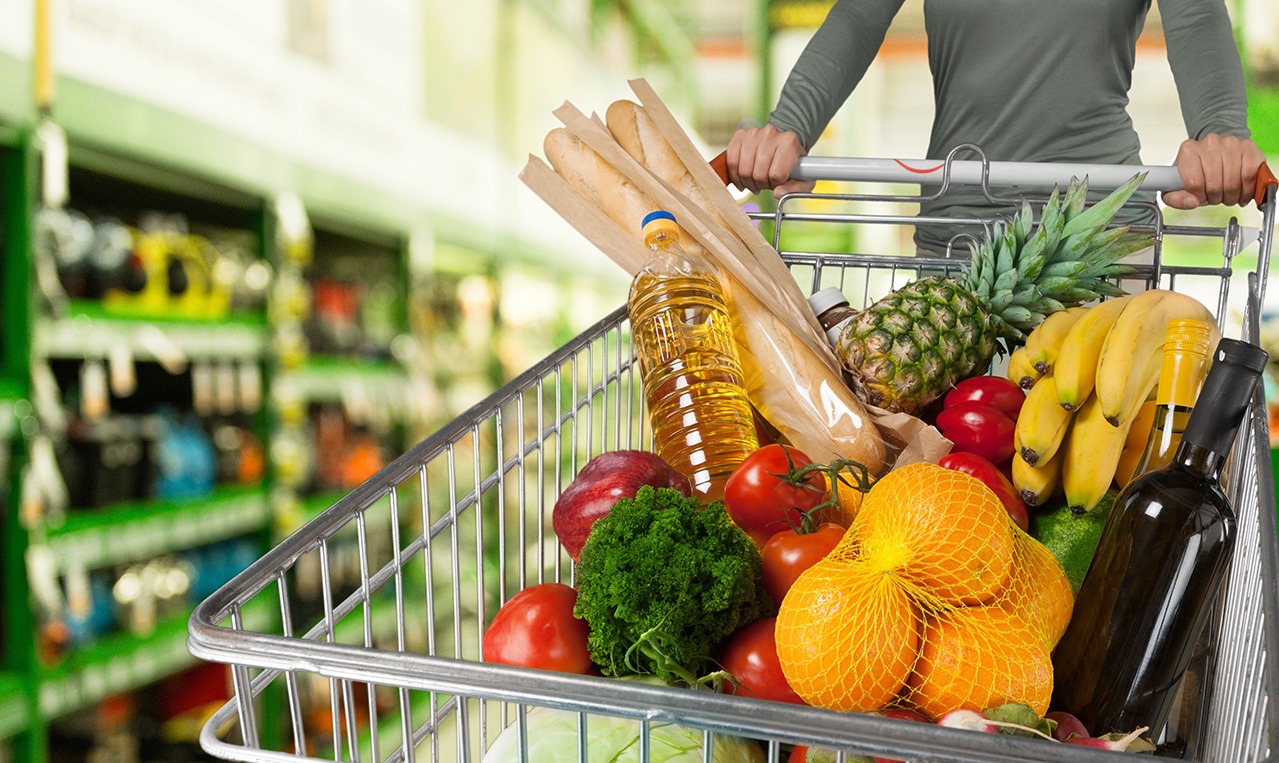Introduction
Grocery shopping is a fundamental aspect of daily life, providing us with the essential sustenance we need. Whether you’re a seasoned shopper or someone new to the experience, this article will serve as a comprehensive guide to groceries online Chennai. We’ll explore the art of planning your grocery list, navigating the store efficiently, making informed choices about food, and embracing the latest trends in the world of grocery shopping. By the end of this article, you’ll be well-equipped to make your trips to the supermarket not only efficient but also enjoyable.
Part I: Planning Your Grocery List
Effective grocery shopping begins long before you step into the store. It starts with thoughtful planning and organization. Here are some strategies to help you create a well-structured grocery list:
- Take Inventory: Before making a grocery list, check your pantry, refrigerator, and freezer. Take note of what you have on hand, including any items that are running low or approaching their expiration date. This step helps you avoid overbuying and reduces food waste.
- Meal Planning: Plan your meals for the upcoming week. Knowing what you intend to cook and eat allows you to make a targeted list of ingredients. It also ensures that you have all the necessary items for your planned meals.
- Categorize Your List: Organize your grocery list into categories such as produce, dairy, meat, pantry staples, and household items. This organization makes shopping more efficient as you move through the store.
- Use Apps and Tools: Many grocery shopping apps and websites offer features like digital shopping lists, recipe recommendations, and savings opportunities. These tools can help streamline your planning process.
- Set a Budget: Determine how much you’re willing to spend on groceries for the week or month. Setting a budget helps you make cost-conscious choices and avoid overspending.
- Consider Special Diets: If you follow a specific diet, such as vegetarian, vegan, gluten-free, or keto, ensure your grocery list aligns with your dietary requirements.
Part II: Navigating the Store
Once you’ve meticulously planned your grocery list, it’s time to head to the store. Effective navigation is essential to save time and make the most of your shopping trip.
- Shop with a Clear Mind: Try to shop when you’re well-rested and not hungry. Shopping on an empty stomach can lead to impulsive purchases and overbuying.
- Stick to Your List: Resist the temptation to veer off your grocery list, especially for items that are not essential. Impulse purchases can quickly add up.
- Start in the Produce Section: Begin your shopping trip in the produce section, which is often located near the entrance of the store. Selecting fresh fruits and vegetables first ensures that you prioritize healthy choices.
- Shop the Perimeter: Many supermarkets are designed with fresh, whole foods on the perimeter, and processed foods in the center aisles. This layout encourages healthier choices, so consider focusing your shopping on the outer aisles.
- Read Labels: Take the time to read product labels. Check for nutritional information, ingredient lists, and allergen warnings if applicable. This is especially important for packaged and processed foods.
- Compare Prices: Pay attention to unit prices (price per ounce or pound) to determine the best value for your money. Larger quantities are often more cost-effective, but only if you can use the product before it spoils.
- Be Mindful of Sales and Discounts: Keep an eye out for sales, discounts, and promotions. However, don’t let them lead you to buy items you don’t need.
- Freshness Matters: When choosing fresh items like produce, dairy, and meat, examine them for freshness. Look for products with the longest expiration dates and inspect fruits and vegetables for signs of ripeness.
- Consider Seasonal and Local Produce: Whenever possible, choose seasonal and locally grown fruits and vegetables. They tend to be fresher, more flavorful, and often more affordable.
Part III: Making Informed Choices
Making informed choices about the food you purchase is crucial for your health and the environment. Here are some tips to help you make conscious decisions:
- Prioritize Nutrient-Dense Foods: Aim to fill your cart with nutrient-dense foods like whole grains, lean proteins, fruits, vegetables, and dairy or dairy alternatives. These items provide essential vitamins and minerals for a well-balanced diet.
- Minimize Processed Foods: Processed foods often contain excessive added sugars, unhealthy fats, and preservatives. Limit your consumption of processed items like sugary snacks, soda, and highly processed convenience foods.
- Choose Whole Grains: Opt for whole grains like brown rice, quinoa, whole wheat pasta, and whole grain bread instead of refined grains. Whole grains provide more fiber and nutrients.
- Mindful Protein Selection: When selecting proteins, consider options like lean poultry, fish, tofu, legumes, and beans. These choices are healthier for you and more sustainable for the planet.
- Reduce Food Waste: Buy only what you can realistically consume to minimize food waste. Utilize meal planning to ensure you use all the groceries you purchase.
- Avoid Single-Use Plastics: Be conscious of the environmental impact of your choices. If possible, avoid items with excessive packaging, especially single-use plastics.
- Support Sustainable Brands: Many food companies are prioritizing sustainable and ethical practices. Look for brands that use environmentally friendly packaging, support fair trade, and reduce their carbon footprint.
- Mind Your Portions: Pay attention to portion sizes when selecting items like snacks and condiments. Smaller portions can help control calorie intake and reduce food waste.
- Buy in Bulk: Consider buying non-perishable items in bulk, as this can reduce packaging waste and save money in the long run. Just ensure you have enough storage space.
Part IV: Embracing Grocery Shopping Trends
The world of groceries home delivery Chennai is continuously evolving, with several exciting trends shaping the way we buy and consume food. Here are some noteworthy grocery shopping trends to consider:
- Online Grocery Shopping: The convenience of online grocery shopping has skyrocketed in recent years, especially with the added challenges posed by the COVID-19 pandemic. Many grocery stores and specialized online retailers now offer delivery and pickup services, making it easier than ever to shop from the comfort of your home.
- Meal Kits: Meal kit services provide pre-portioned ingredients and recipes for easy, home-cooked meals. They’re a popular choice for those seeking convenience and culinary variety.
- Local and Sustainable Foods: There’s a growing emphasis on supporting local farmers and choosing sustainable, eco-friendly food options. Look for stores and markets that prioritize these values.
- Plant-Based and Alternative Foods: Plant-based diets are on the rise, and grocery stores are responding by offering a wider selection of plant-based meat alternatives, dairy-free products, and other plant-powered options.
- Health and Wellness Aisles: Grocery stores are expanding their health and wellness sections to cater to the growing demand for organic, non-GMO, and specialty health foods.
- Food Delivery Apps: Various food delivery apps offer convenience by allowing you to order ready-to-eat meals from your favorite restaurants. This trend has expanded from fast food to gourmet cuisine.
- Personalized Nutrition: Advances in technology allow for personalized nutrition recommendations based on individual dietary preferences and health goals. Some apps and services offer tailored shopping lists and meal plans.
- Ethical and Transparent Branding: Consumers are increasingly seeking brands that align with their values. Brands that are transparent about their sourcing, production, and ethical practices are gaining popularity.
Conclusion
order groceries online Chennai is a foundational aspect of daily life, and with the right approach, it can be a fulfilling and efficient experience. By planning your grocery list, navigating the store effectively, making informed choices about food, and staying attuned to the latest trends, you can transform your grocery shopping trips into a purposeful and enjoyable part of your routine. Embracing a mindful and conscious approach to grocery shopping not only benefits your health and well-being but also supports sustainable and ethical practices in the food industry. So, as you embark on your next grocery shopping adventure, remember that it’s an opportunity to make choices that nourish your body, support your community, and protect the environment.
What services app is used to have groceries delivered to your home?













